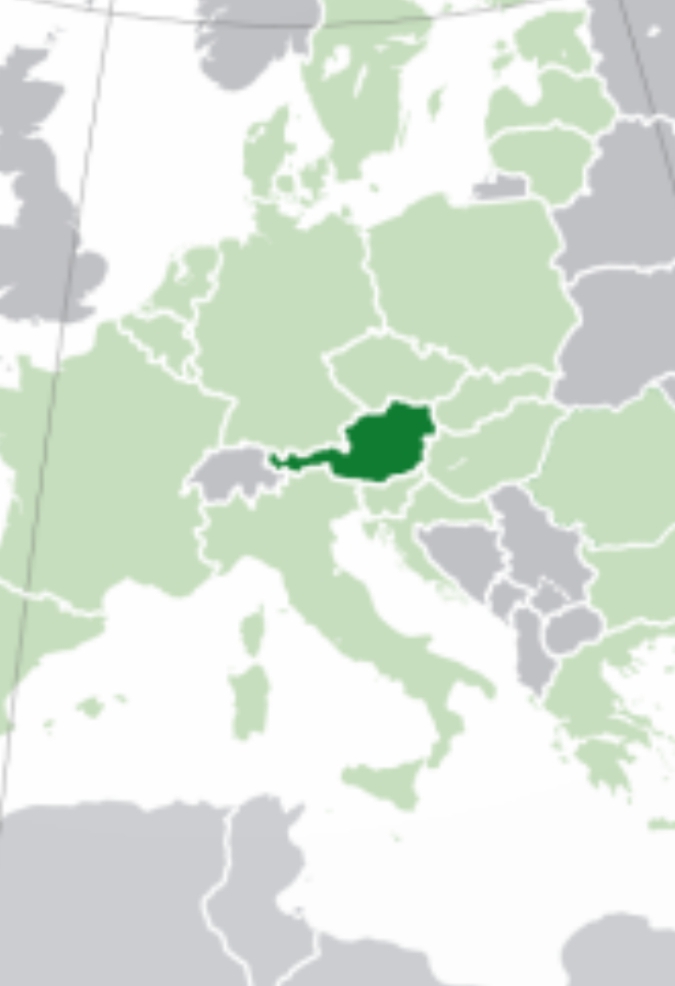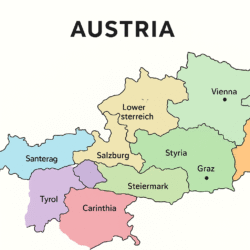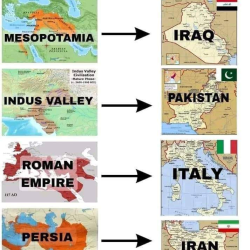Etymology and Early History of the Name “Austria”
The native name of Austria, Österreich, carries deep historical and linguistic significance that reflects the country’s early medieval origins and geopolitical position within Central Europe. Deriving from the Old High German Ostarrîchi, the term originally meant “eastern realm” or “eastern kingdom,” and it first appeared in a written record known as the Ostarrîchi Document dated to the year 996 CE. This charter, issued by Emperor Otto III, granted land in what is now Lower Austria to the Bishop of Freising. It is considered one of the earliest documentary references to the name that would eventually evolve into “Austria.”
The word Ostarrîchi likely represented a vernacular translation of the Medieval Latin term Marchia orientalis—literally “the eastern march” or “eastern borderland.” This phrase described a frontier territory of the Carolingian Empire, situated on the empire’s eastern edge. During the 10th century, the Marchia orientalis was a border province established to defend the realm against incursions from the east, particularly from the Magyars (Hungarians). Over time, this frontier region developed its own political identity, laying the groundwork for the future Austrian state.
The term Österreich was embedded in the linguistic traditions of the Bavarian dialects spoken in the area, reflecting both the regional identity and the role of the land as a border zone of the German-speaking world. As the political structures evolved, so too did the linguistic representations of the territory. By the 12th century, the Latinized form Austria began to appear in official documents and chronicles. This Latin name was not derived from the modern English term “east,” but rather from the German root ost- meaning “east,” combined with reich, meaning “realm” or “empire.” The transformation into Austria was a direct result of medieval Latin usage, as Latin served as the dominant language of administration, scholarship, and the Church throughout medieval Europe.
The historical context of Ostarrîchi is closely tied to the political reorganization of the Bavarian lands. Following the defeat of the Magyars at the Battle of Lechfeld in 955, Emperor Otto I reasserted imperial control over Central Europe. In 976, he reorganized the southeastern territories of the German Kingdom, creating the Marcha Orientalis as a Bavarian frontier march. This new administrative unit was entrusted to the Babenberg dynasty, marking the beginning of Austria’s emergence as a distinct political entity within the Holy Roman Empire.
By the 12th century, under the rule of the Babenbergs, Austria had grown in power and importance. In 1156, Emperor Frederick I Barbarossa issued the Privilegium Minus, elevating Austria from a march to a duchy and granting it greater autonomy. During this period, the Latin term Austria became widely used in imperial charters, chronicles, and ecclesiastical writings. It was from these Latin sources that the English term “Austria” was eventually adopted.
Geographically, the Danube basin—encompassing what are now Upper and Lower Austria—represented the easternmost extent of the Bavarian lands during the early medieval period. The region’s name as the “eastern realm” thus reflected both its literal position on the edge of the Germanic world and its function as a defensive and administrative frontier. Over the centuries, Österreich came to signify not merely a border province but a distinct cultural and political entity that would later evolve into the Austrian duchy, archduchy, and ultimately, the modern Republic of Austria.
The linguistic and historical evolution of Austria’s name illustrates the intertwining of geography, language, and politics in shaping European identities. The transition from Ostarrîchi to Österreich, and from Marchia orientalis to Austria, mirrors the region’s transformation from a marginal frontier into one of the central powers of the medieval and early modern European world.




















